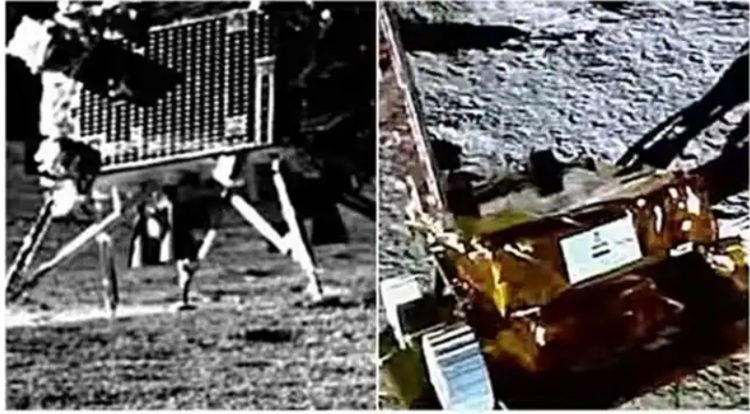
Newsnomics AJAY ANGELINA reporter|
India’s Chandrayaan-3 mission’s lander (Vikram) and rover (Pragyan) has sent no signals after sunrises on the lunar surface said ISRO, the Space Research Organization of India on Friday.
“As of now, no signals have been received from them. Efforts to establish contact will continue,” the ISRO posted on social media platform X, formerly Twitter.
India was hoping for the re-activation of Chandrayaa-3’s Vikram and Pragyan as the Sun rises on the lunar surface enabling the continuation of experiments and studies, but it doesn’t happen.
Earlier, the ISRO decided to shut down all operations of the instruments before lunar sunset and put them in sleep mode with hope to extend the lifespan of the lander and rover of Chandrayaan-3.
Dr. K Sivan, the former ISRO chairman said, “the design life of Vikram lander and Pragyan rover is practically over as they have completed all their mission tasks during the 14 Earth days. However, ISRO is trying to establish contact with the lander and rover after the Sun rises there on the Moon. They (scientists) will keep trying it."“There is plenty of "precious data" to analyze from the mission. The scientists will find new science as they continue sifting through what the two have already sent back”, Dr. Sivon added.
Chndrayaan-3’s soft landing on the moon is India’s first space achievement that made India the first country, successfully touched the South pole of the moon after the United States, the former Soviet Union and China.
Subsequently, the Pragyan rover deployed from the lander on August 24 and conducted in-situ experiments during the period of lunar daylight. The rover successfully detected elements like Sulphur (S), Aluminum, Calcium, Ferrous (Iron), Chromium, Titanium, Manganese, Silicon, and Oxygen as anticipated. It also searched for the presence of Hydrogen on the lunar surface.










